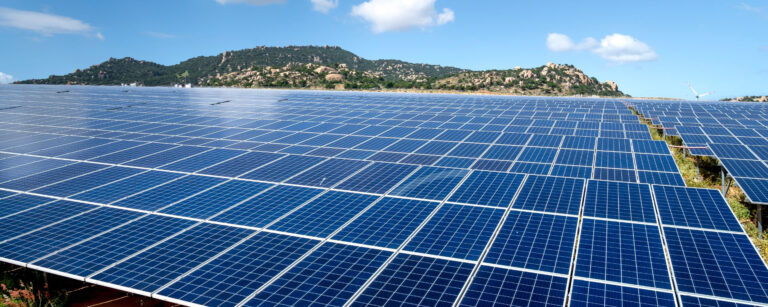Let's Break Down April 5th Tariffs
On April 5, a sweeping new trade policy from Donald Trump’s campaign takes effect. The initiative, known as the TAD-760 Reciprocal Tariffs regime, puts a baseline 10% tariff on all imported goods, with higher rates on certain countries. China, Vietnam, and the European Union face tariffs as high as 46%. Others, like Australia and the UK, are charged the 10% baseline.
The stated goal is to pressure countries that have long imposed higher tariffs on U.S. goods. Trump argues this is about fairness, manufacturing strength, and getting the national debt under control.
“For too long, other countries have taken advantage of our open markets while shutting us out of theirs,” Trump said during his announcement.
This policy covers most goods, but energy products are technically exempt. However, the solar industry will still feel the effects. Many components used in solar energy systems are imported and are now included in the new tariff structure.
View from the Right
Supporters of the policy say this is a necessary correction. They argue the United States has allowed one-sided trade deals for too long. Conservative voices say the pain is temporary and worth the long-term gain.
They believe the tariffs will give domestic manufacturers the breathing room they need to grow. The goal is to bring key industries back under U.S. control, including solar.
The Wall Street Journal editorial board wrote, “The short-term disruption will lead to a stronger energy sector that isn’t dependent on cheap goods from countries that manipulate their currency and cut corners on labor.”
View from the Left
Progressive outlets, such as Vox and PV Magazine, are more critical. They argue that solar is an essential part of the country’s transition away from fossil fuels. Making it more expensive, even indirectly, undermines that goal.
They also point out that few U.S. companies produce inverters or other major solar parts. Without an immediate domestic alternative, the increased costs will fall on consumers and installers.
What if the Tariffs Work?
Let’s imagine a scenario where these tariffs succeed. Other countries, facing declining U.S. demand, agree to reduce their own tariffs on U.S. goods. A more level playing field opens up. American products become more competitive overseas, and domestic solar manufacturing receives more investment.
U.S. companies might begin producing more components like inverters and mounts.
New solar manufacturing jobs could emerge in places that once lost them.
Over time, increased competition could bring prices down again.
This would take time and serious investment. It would also depend on consistent trade policy, incentives for domestic factories, and market confidence that this shift isn’t temporary.
If you are thinking about going solar in 2025, there are a few things to keep in mind:
Get quotes now, before suppliers adjust to new pricing models.
Ask where equipment is being sourced from.
Check for any local or federal incentives that can reduce your total cost.
These changes don’t mean solar is suddenly out of reach. It means being informed matters more than ever.
Final Notes
The April 5 tariff shift is a broad move that affects every industry. Solar is caught in the middle. It may face short-term disruption, but there’s also a chance that it sets the stage for longer-term growth and a stronger domestic supply chain.
Whether that happens depends on how other countries respond, how fast U.S. manufacturers move, and whether the cost increases turn buyers away or just delay the inevitable transition to clean energy.


